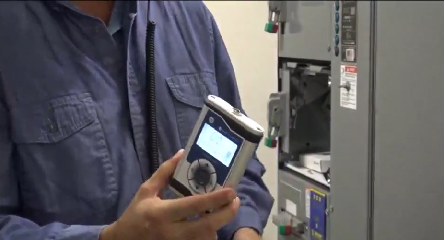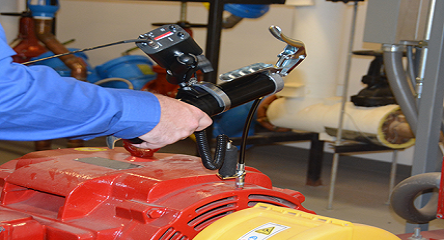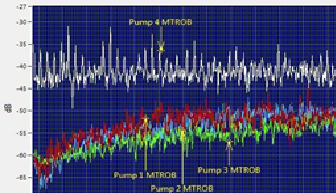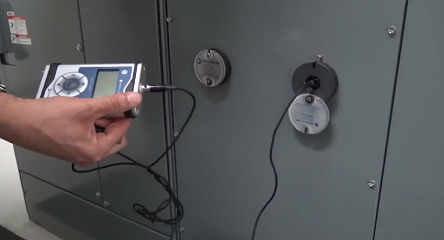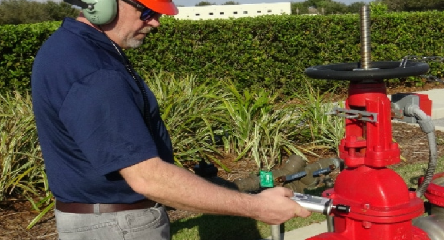About the Author
An experienced electrical engineer with 13 years experience in the Royal Air Force. Qualifying as a technical trainer in his time, teaching many engineering principles and gaining qualifications and experience in Railway Signalling Engineering, teaching the railway engineers of the future. Highly knowledgeable and motivated, gaining Certified Maintenance and Reliability Professional status. In the past few years he has began to spread the knowledge of Ultrasound as a tool to aid in predictive maintenance strategies in every industry.


